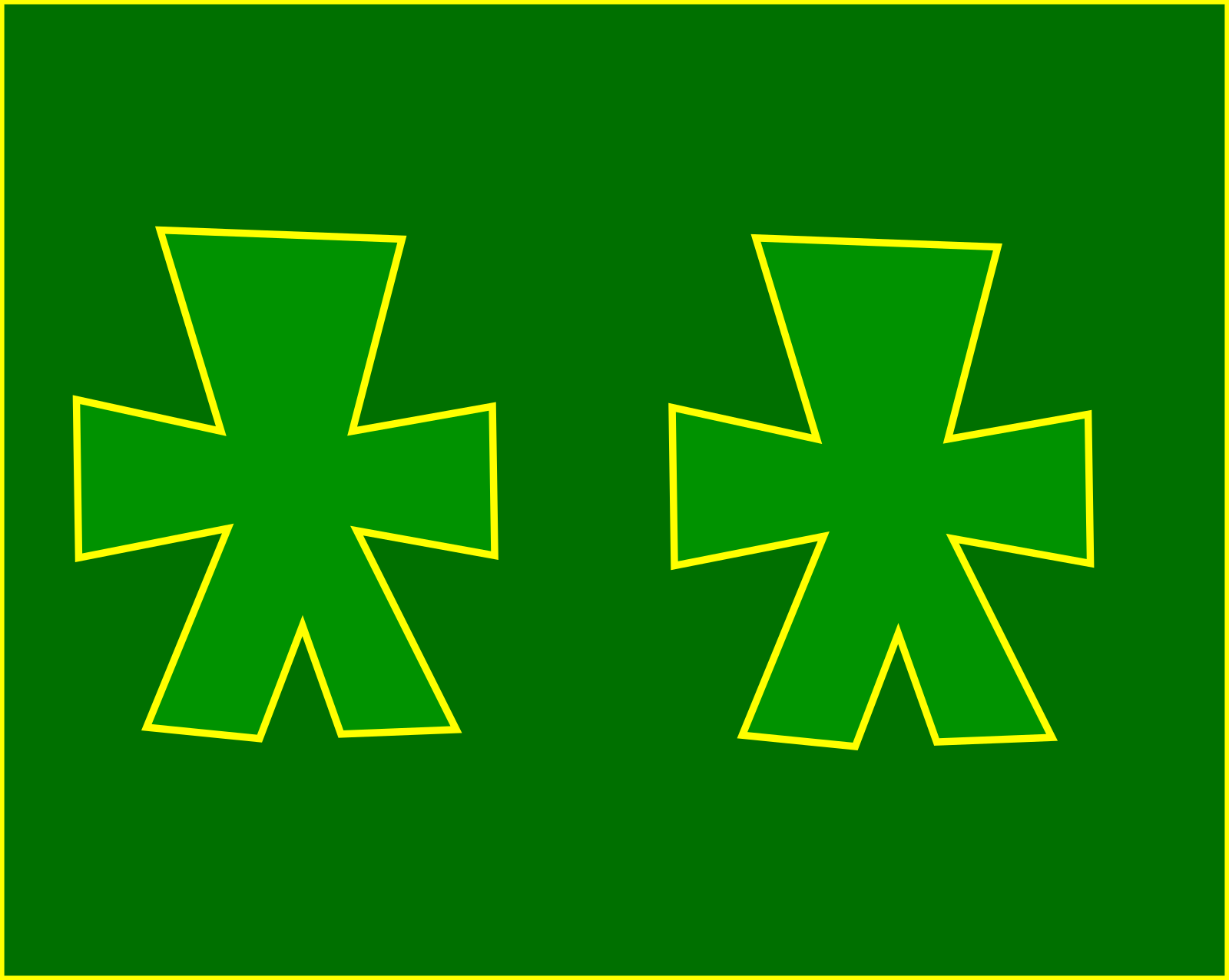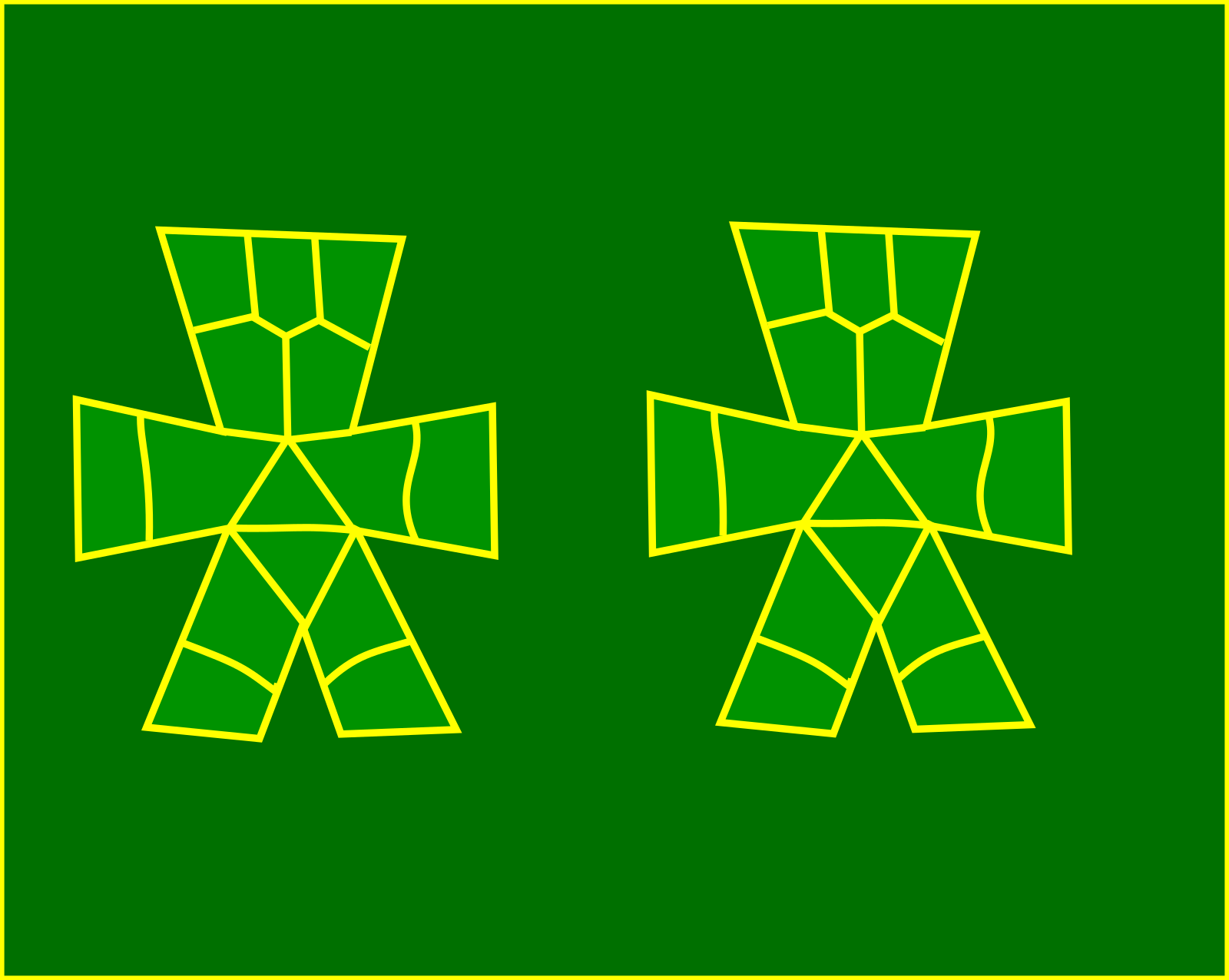

With a perfect model of the dynamics of the contents of each partition and how they interact, different partitioning schemes would produce the same results. However, in practice models are imperfect and the partitioning scheme used can affect the results.
Spacetime partitioning schemes often work best when the partitions don't overlap. Of course, in reality organisms can have joint phenotypes - and can sometimes overlap. How can that be modeled? One approach is to use partially overlapping partitions. That generally leads to more complex and awkward models, but it is one approach. Another possibility is to partition genotypes, rather than phenotypes. Joint phenotypes are common, joint genotypes are much less common. In symbiotic relationships where joint genotypes occur, inheritance usually follows one of the partners, so even then, partitioning can be made to work reasonably well. The main problem with partitioning by genotype is that this fails to divide up phenotypes properly - they just get left out. It is a bit like hiding the problem. Sometimes you can model overlapping organisms using independent partitions. If your hosts and parasite phenotypes overlap, you can use one partition for the hosts and one for the parasites - where each is the environment of the other.










No comments:
Post a Comment